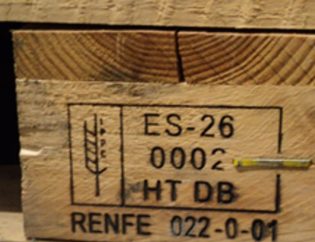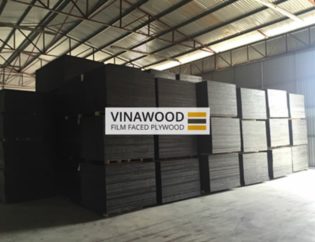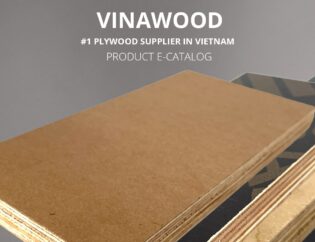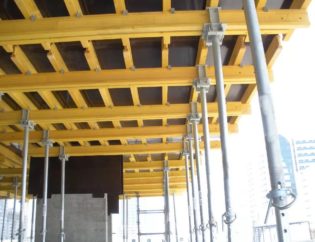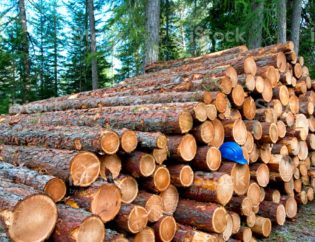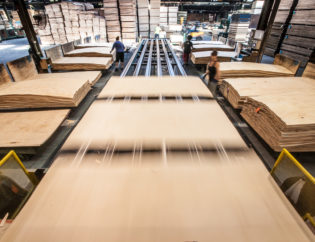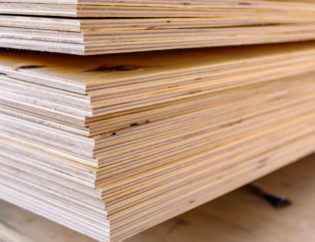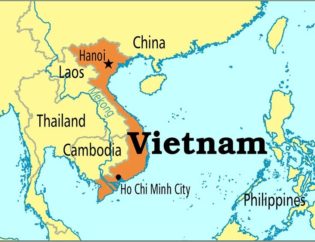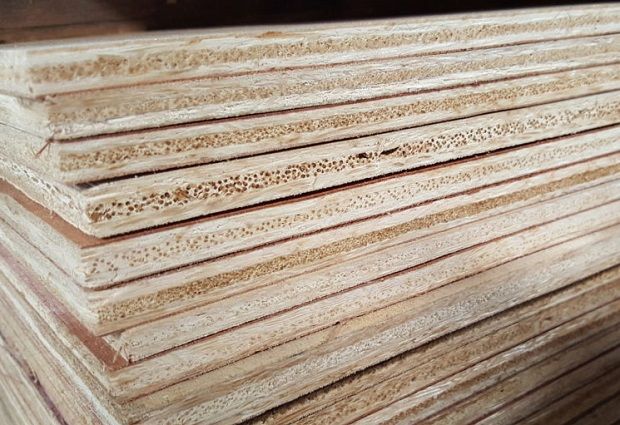
WITH Malaysia’s rich biodiversity and natural resources, it’s only natural that the discussions revolving around sustainability and sustainable living involve the policy of zero waste, including the creation of a circular economy with biomass.
Biomass, or natural fibre, is a renewable natural resource that can be obtained from agricultural residue, industrial residue and other wood sources.
A significant amount of biomass is generated in the country each year, across a variety of crops or plantations such as palm oil, coconut, rubber, wood and rice husk, among others.
The largest contributor to the biomass industry in Malaysia by far is the palm oil sector. Oil palm trees consist of huge amounts of lignocellulosic materials in the form of empty fruit bunches, mesocarp fibres, palm kernel shells, fronds and trunks.
After oil palm biomass, forestry-related biomass is the next sizable opportunity for the country.
 Rice husk is one of the sources of biomass.
Rice husk is one of the sources of biomass.
While the sources may vary, they include sawmill and plywood mill residues, such as offcut and woodchip, wood and chip logs from plantations established for pulp mills, particleboard and fibreboard, as well as woody and non-woody short rotation plantations such as bamboo, sugarcane, jute, kenaf, abaca and so on.
Wood fibres are low density with high strength-to-weight ratio, in addition to being non-hazardous and biodegradable, therefore attracting the attention of wood and composite industries towards utilising biomass fibre as alternative raw materials.
Cellulose is the main chemical component in wood or natural fibre. The arrangement of chemical constituents and the structural complexity of the cell wall determine the performance properties of the fibres.
Understanding the biocomposite industry
For decades, solid wood or timber has been used as the raw material of choice in producing wood products and conventional biocomposites in the wood-based industry.
However, the shortage of wood from the natural forest and concerns over the environment have started to revolutionise conventional wood composites into fibre-reinforced biocomposites that involve the utilisation of biomass, in substituting the role of solid wood or timber.
Generally, there are two main types of composites in the wood industry – a combination of two or more materials, including reinforcing elements, fillers and composite matrix binder, namely conventional wood-based composites and fibre-reinforced composites.
For conventional wood-based composites, these are usually seen in the manufacture of products made primarily from wood, with only a few percent of resin as binder and other additives.
Among the main alternative raw materials in the country available to produce conventional wood composites are oil palm trunks (OPT), which have potential to be value-added products such as particle board, laminated board, plywood, fiberboard and furniture. Currently, veneer and plywood manufacturers in Malaysia already focusing on the production of OPT plywood for both interior and exterior applications.
As a non-wood resource, OPT might even have the potential to be used as construction material in various applications including laminated veneer lumber.
On the other hand, while fibre-reinforced composites are made from a mixture of two main components, natural fibre acts as a reinforcing element with resin or matrix acting as a binder for the fibers to produce stronger and stiffer materials.
This kind of composite can be moulded or extruded into emulating the perfect natural look and feel of wood, at the same time offering comparable levels of strength and structural support as solid wood.
Wood plastic composites have been used for large-scale applications such as decking, steps, cladding and structural construction materials, alongside its application in almost all material domains including house furnishing, automotives, aerospace and more.
Such innovative uses of biomass provide an opportunity to greatly expand the market of composites, as well as boost the growth of fibre and biocomposite players in Malaysia.
Playing a supporting role
 FIDEC aims to facilitate the commercialisation of R&D using various types of natural fibres available in Malaysia for biocomposite products.
FIDEC aims to facilitate the commercialisation of R&D using various types of natural fibres available in Malaysia for biocomposite products.
To ensure that the biomass industry reaches its full potential, the Malaysian Timber Industry Board (MTIB) set up a Biocomposite and Fibre Centre (FIDEC) in 2008, with the objective of taking the lead in developing the natural fiber and bio composite industry in Malaysia.
The centre, which aims to facilitate the commercialisation of research and development (R&D) using various types of natural fibres available in Malaysia for biocomposite products, began its operations by establishing vital linkages and smart partnerships with universities, research institutes and the industry.
Apart from developing biocomposite materials, FIDEC also expanded its function by offering a number of testing services and processing facilities related to wood, biocomposite and the advanced green composite to the industry.
It does this through the six laboratories established in the centre, including for mechanical, polymer, analytical, chemical, anatomy and furniture testing.
Currently, 15 scopes including mechanical and chemical testing have been accredited, complying with MS ISO/IEC 17025:2017. FIDEC is in the progress of expanding new scopes for furniture testing and others to fulfill the needs of the industry.
Moreover, it is committed to continuing to maintain the laboratories’ quality management system and provide service compliance to meet with international requirements.
Vietnam Plywood
Vietnam Film Faced Plywood


